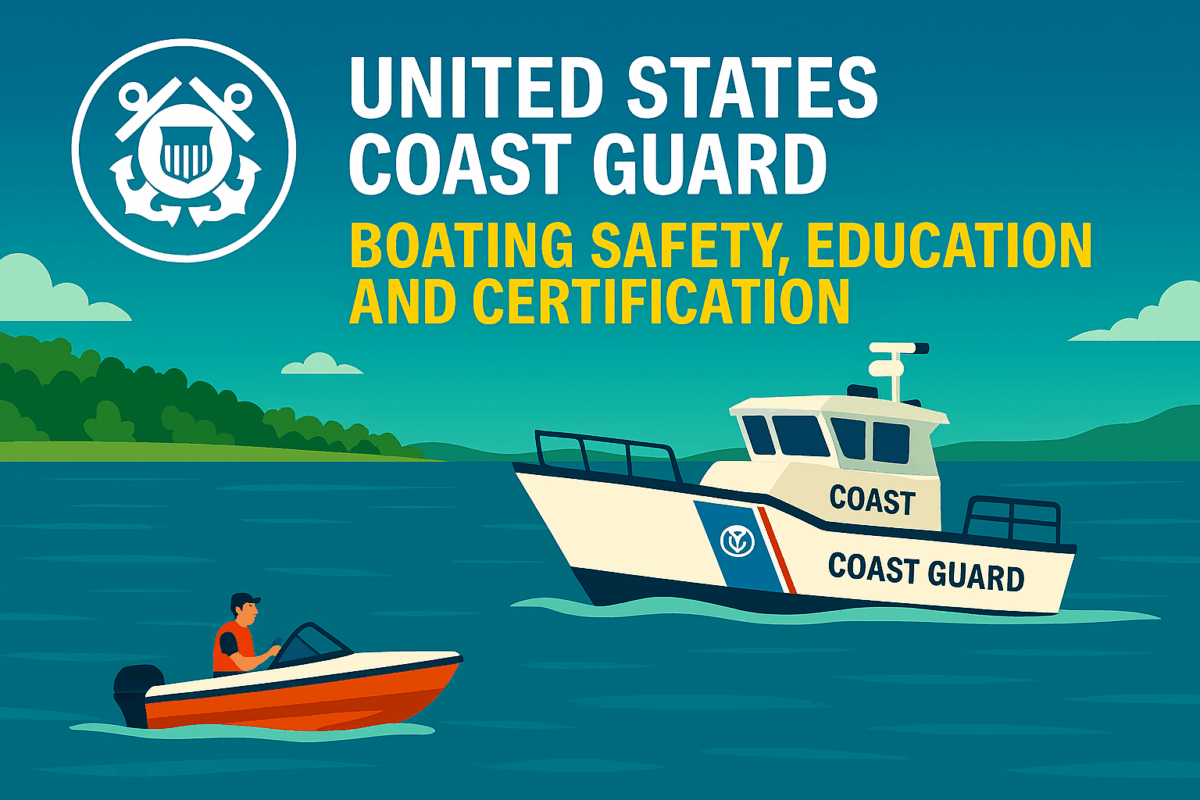Call: 1-800-832-7191

2024 Recreational Boating Statistics
Overview of the 2024 Recreational Boating Statistics
The 2024 Recreational Boating Statistics report offers a detailed look at boating safety across the United States.
Published by the U.S. Coast Guard, this marks the 66th annual edition of the report.
It includes data from all states, U.S. territories, and the District of Columbia.
Key 2024 Recreational Boating Statistics Incident Data
In 2024, officials recorded 3,887 recreational boating incidents nationwide
1.
These incidents resulted in 556 deaths, 2,170 injuries, and $88 million in property damage.
Compared to previous years, the fatality rate stood at 4.8 deaths per 100,000 registered vessels
1.
Contributing Factors and Conditions
Many incidents involved operator error, alcohol use, or poor weather conditions.
Additionally, machinery failure and lack of safety gear played major roles.
Notably, alcohol remained a leading factor in fatal boating accidents.
Vessel and Victim Profiles
Most incidents involved small motorboats and personal watercraft.
Victims ranged in age, but many were under 18 or over 60.
Injuries often occurred due to collisions, falls overboard, or propeller strikes.
Safety Measures and Recommendations
Fortunately, life jackets and boating education helped reduce fatalities.
The Coast Guard emphasized the importance of float plans and proper vessel maintenance.
They also encouraged boaters to check weather forecasts before heading out.
Final Thoughts on 2024 Recreational Boating Statistics
In conclusion, the stats highlight both progress and ongoing challenges. While fatalities declined slightly, risks remain high in certain regions and vessel types. Boaters can improve safety by staying informed, prepared, and alert on the water. The 2024 Recreational Boating Statistics report, published by the U.S. Coast Guard, highlights key data on boating safety across all U.S. states and territories. In 2024, there were reportable incidents involving fatalities, injuries, and property damage, with drowning remaining the leading cause of death. Most fatalities occurred on boats where the victim was not wearing a life jacket. Alcohol use was a major contributing factor in accidents. The report emphasizes the importance of boater education, life jacket use, and safe operation practices to reduce risks. These statistics guide national safety initiatives and inform public awareness campaigns
